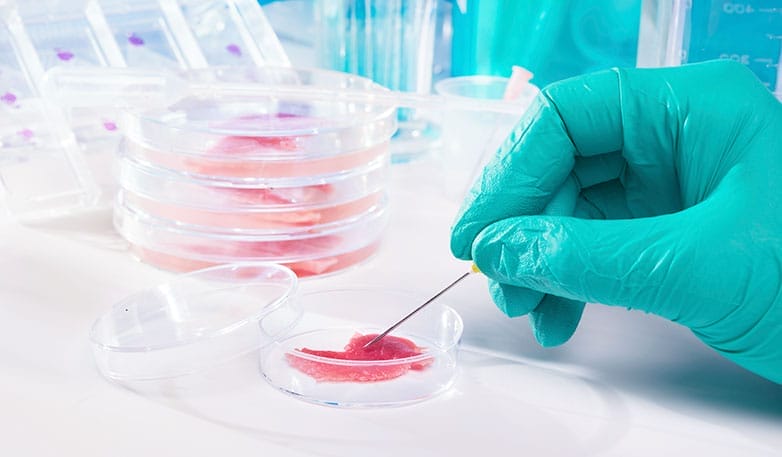The food testing sector can benefit from the horsemeat scandal
The horse meat scandal has caused a media storm, and provided more than a few jokes around the topic, but apart from the mislabelling of goods and misleading the public about what they were eating, is there any danger? And how can a similar scandal be prevented in the future?

Food traceability and food testing is a growing sector within the analytical industry. A recent report by Global Industry Analysts forecasts that the global market for food safety testing will reach $19.7 billion by 2018, being driven by an increase in product recalls due to contamination by bacteria and other microorganisms, heightened awareness and the implementation of new regulatory specifications.
One of the most important points to come out of this on-going saga is that the traceability of the food supply-chain and food safety testing are both important and complex. Although horsemeat is widely consumed in many countries, it is not a routinely farmed meat which means that its history can’t easily be traced. There are also concerns that some horsemeat might be contaminated with “bute” or phenylbutazone, which is a common medicine for horses, but is not safe for humans, although no “bute” has been found so far.
This scandal is creating a significant opportunity for the specialist food testing sector.
This scandal is creating a significant opportunity for the specialist food testing sector, as stricter testing regimes are being introduced, and new regulations may well follow. There is room for improvement among the current DNA testing technologies, which allow determination of different food sources, the most widely used of which is Real-Time Polymerase Chain Reaction (RT-PCR). This technology can check the presence of predefined species, but cannot identify any unexpected breed. Other techniques are being developed that are capable of wider signature characterization, for example, Sagentia is working with Pathogenetix to develop an analyzer that can, in a single test, enable the identification of a very wide range of DNA. The equipment is targeted at determining which particular strain of pathogen (e.g. E.coli, Staphylococcus, etc), so that the source can be traced, but adapting the test to identify whether food contains horse, beef or pork, for example, is a simple matter.
Other technologies are being developed such as light emission-based raman spectroscopy, along with cheaper testing kits which could be in demand as some retailers may well decide to undertake product testing for themselves. These tests won’t allow us to know if food comes from a horse or a cow, but they will give us confidence that it is not tainted by bute or if there is melamine in our milk, or whether our cooking oil hasn’t been diluted with some potentially dangerous nut oil. There is also demand for portable analytical equipment to enable easier testing at numerous points in the supply chain. Why do I feel that it is probably not too much to expect that a smartphone app will also emerge before too long?
Sarah Hinton
Business Intelligence Analyst
Sagentia
